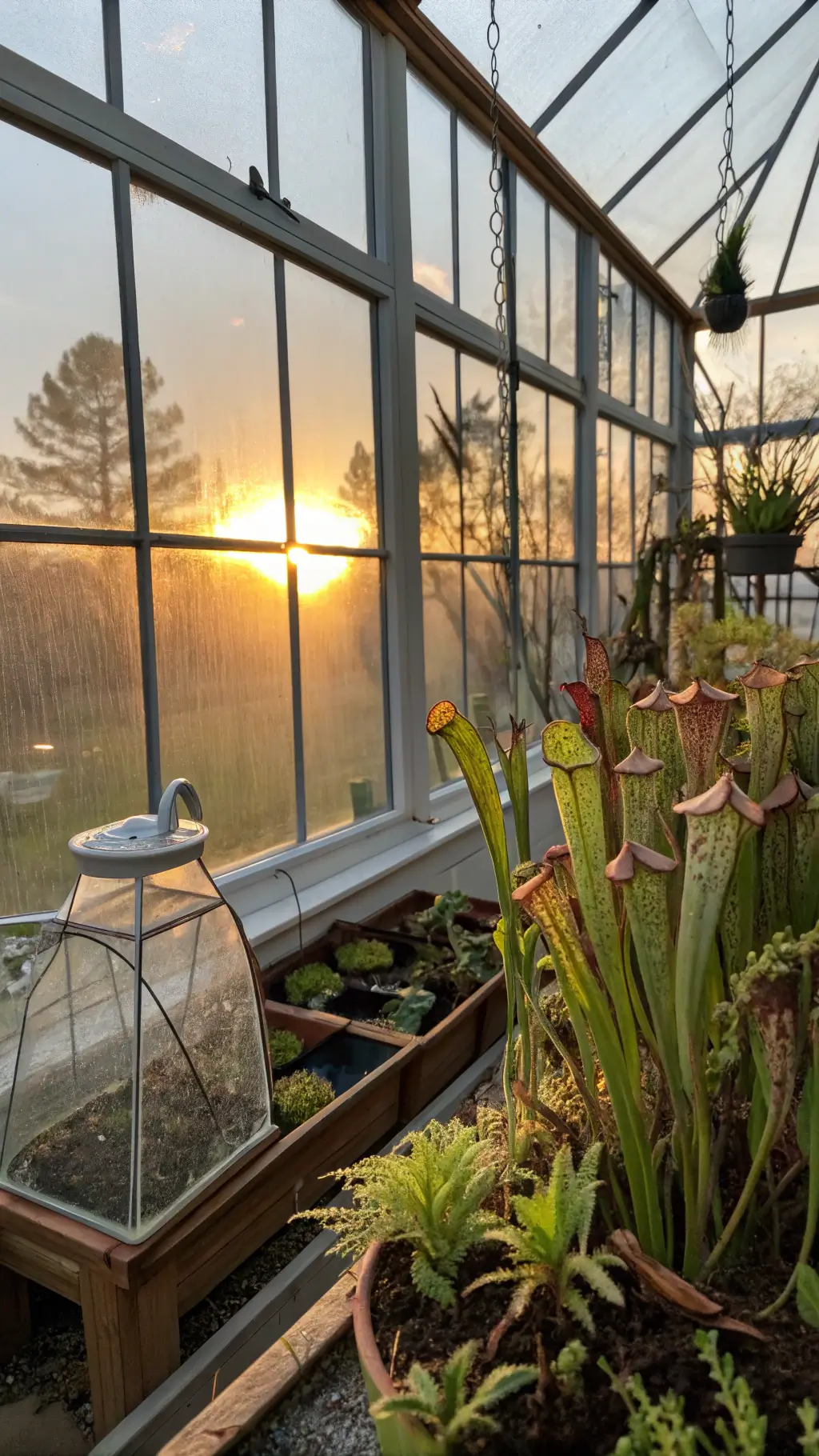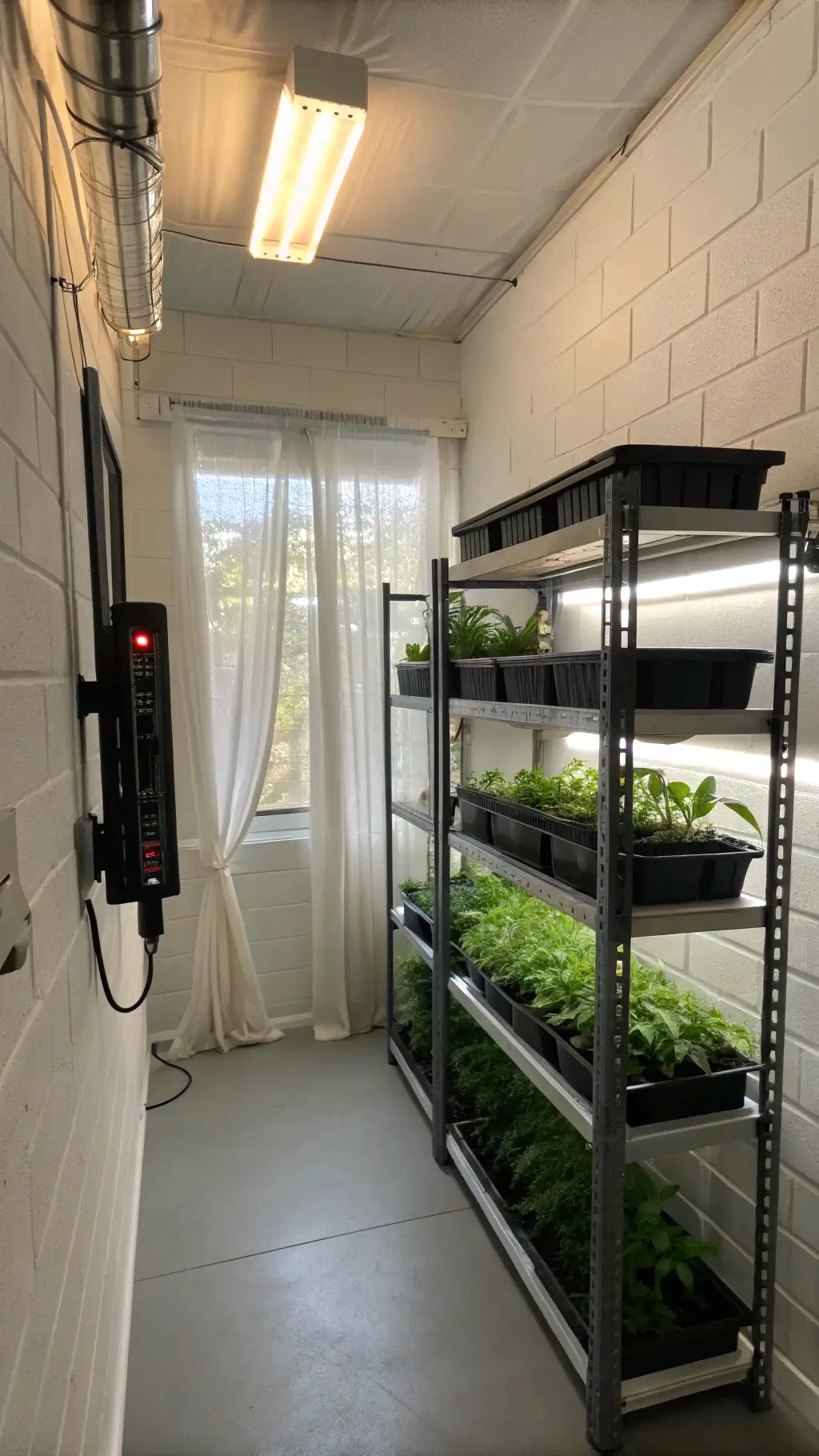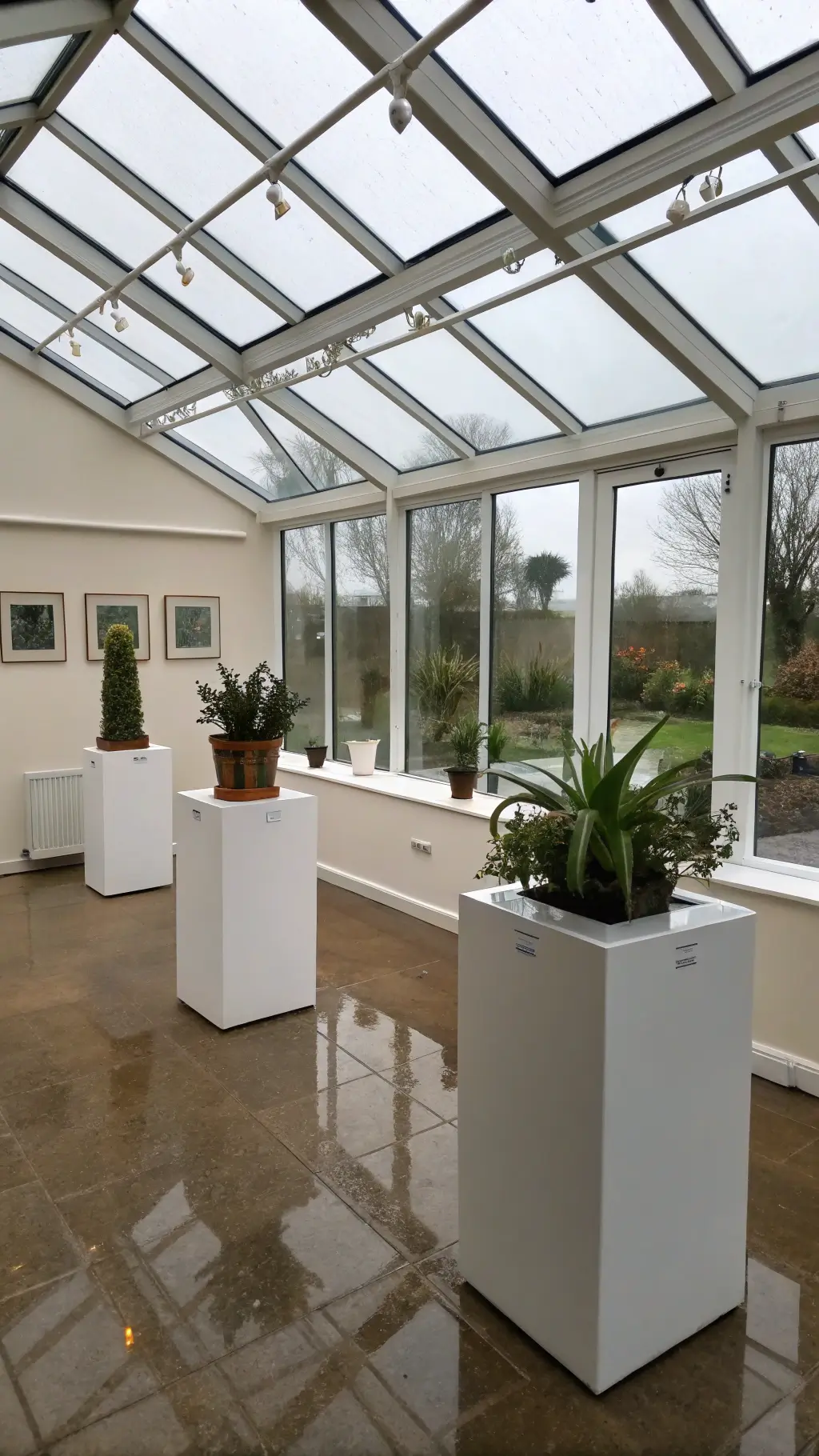Why Are My Nepenthes Leaves Turning Yellow? A Carnivorous Plant Care Guide
Have you ever looked at your beloved pitcher plant and wondered why its beautiful green leaves are suddenly turning a sickly yellow? Don’t panic!
Yellowing leaves on Nepenthes plants can be frustrating, but they’re often a clear signal that something in your plant’s environment needs attention. As a passionate carnivorous plant enthusiast, I’ve learned that these stunning plants communicate their health through leaf color.

Understanding Yellowing: What Your Nepenthes is Trying to Tell You
Light: The Delicate Balance
Sunlight Sensitivity
- Too much direct light? Your Nepenthes will protest with yellow or reddish leaves
- Not enough light? Lower leaves will start yellowing as the plant conserves energy
Pro Tip: Aim for bright, indirect light – think of a bright window with filtered sunlight.

Nutrition: Feeding Your Carnivorous Friend
Nutrient Deficiency Warning Signs
- Overall yellowing? Likely a nitrogen deficiency
- Lower leaves yellowing first? Your plant is strategically reallocating nutrients
Quick Fix: Use a very diluted, specialized carnivorous plant fertilizer sparingly.
Water: The Lifeline of Your Pitcher Plant
Watering Pitfalls
- Underwatering: Leaves yellow as the plant conserves water
- Overwatering: Leads to root rot and subsequent leaf yellowing
Golden Rule: Keep soil consistently moist but not waterlogged. Use rainwater or distilled water.

Temperature: Creating the Perfect Climate
Stress Factors
- Cold temperatures can shock your Nepenthes
- Excessive heat will cause leaf discoloration
Ideal Range: Most Nepenthes thrive between 60-80°F (15-27°C)

Root Health: The Foundation of Plant Wellness
Common Root Issues
- Poor drainage
- Incorrect soil mix
- Compacted growing medium
Recommended Soil Mix:
- 50% sphagnum moss
- 50% perlite
- Ensures excellent drainage and aeration
Troubleshooting Yellow Leaves: A Step-by-Step Guide
- Assess Light Conditions
- Move plant to appropriate lighting
- Use sheer curtains to filter intense sunlight
- Check Watering Habits
- Allow top inch of soil to dry between waterings
- Ensure proper drainage
- Evaluate Soil and Nutrients
- Repot if soil is compacted
- Use specialized carnivorous plant fertilizer
- Monitor Temperature and Humidity
- Maintain consistent environment
- Use a humidity tray if needed
- Inspect for Pests
- Look for signs of infestation
- Treat with appropriate organic methods

Important Reminder
Some leaf yellowing is natural – older leaves will eventually die off. But widespread yellowing, especially on new growth, signals a problem that needs immediate attention.
When to Seek Expert Help
If you’ve tried these steps and your Nepenthes continues to struggle, consider:
- Consulting a carnivorous plant specialist
- Joining online carnivorous plant forums
- Taking detailed photos for precise diagnosis
Bonus Tip: Keep a plant journal to track changes and environmental conditions. This can be your best diagnostic tool!
Remember, every yellowing leaf is a chance to become a better plant parent. Stay observant, stay patient, and your Nepenthes will reward you with stunning, healthy pitchers.
Happy growing, plant lovers! 🌿🪴
